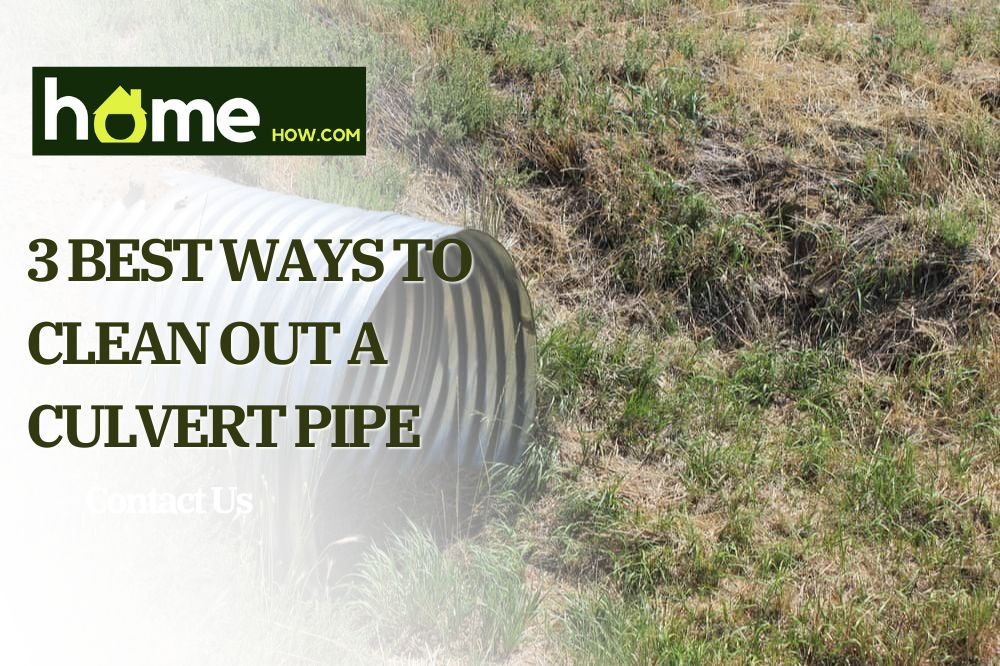When there is too much debris in a culvert pipe, it can cause water to back up and spill out onto the surface above. Here, we will discuss the best way to clean out a culvert pipe and if you’ll need professional help.
We will also provide tips on how to prevent debris from accumulating in the first place. Keep reading for more info!
Check Your Local Authority First
Suppose you often face a clogged culvert on your commercial or residential property. In that case, you might be interested in exploring methods you can utilize to clear these frustratingly frequent blockages.
The problem may even be more frequent if you live in an area with a high silt content, as it can build up to clog your culvert pipes at regular intervals. Moreover, if your town or city is susceptible to recurring floods, you might face this dilemma a lot too.
While this can be a common problem, it may be an issue that you don’t have to deal with. If you find your culvert pipe clogged, check with your respective municipality office to see if they can help you clear it out.
Municipalities might be responsible for maintaining these pipes in many jurisdictions and therefore, be liable to clear out the congestion in your culvert or even replace it.
In any case, it would be good to check with the local authorities. Even if they do not undertake the cleaning as a part of their legal mandate, they might refer you to local utilities that can or offer reasonably priced services that make more sense than a DIY method.
It’s an obvious point but your local authority dealing with the issue can save you a lot of time and money. That being said, even if you can get help, it may be that you can’t be bothered with the hassle and just want a quick fix.
Whether you can’t get help or simply don’t want it, read on to find out more!
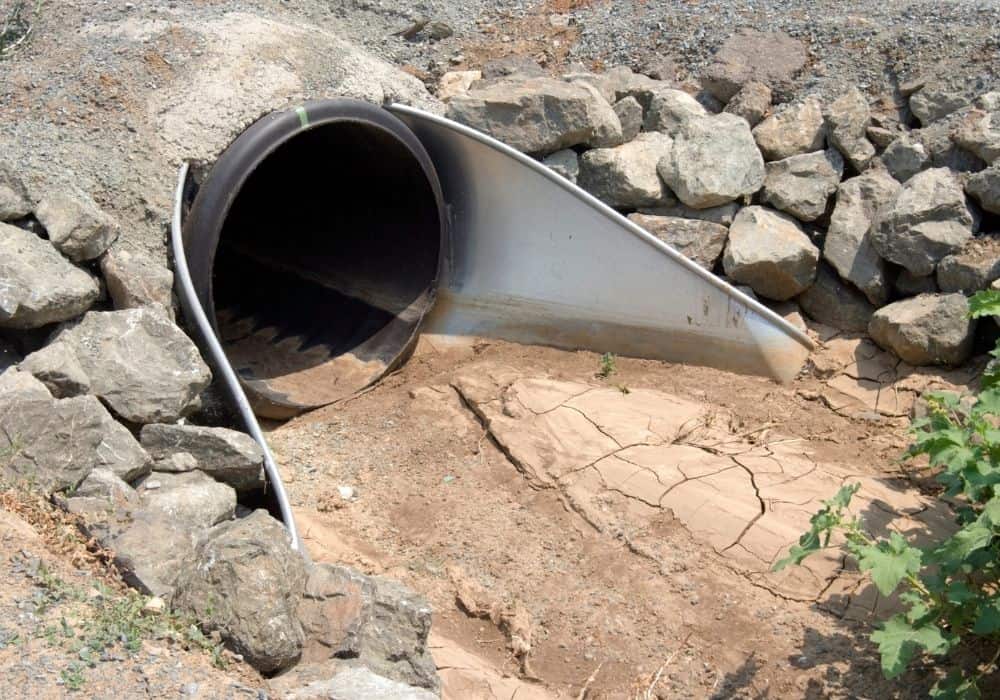
Assessing the Situation
Once you have explored your options, the first order of business is to assess the damage you are dealing with.
After all, clogs come in all shapes and sizes! The easiest culvert clog to deal with is one closer to its exits. However, in most cases, you might only realize that there is a clog once it has become a nuisance and a substantial volume of debris has built up around it.
In addition to debris building up around the clog, sometimes you might find the clog itself deep inside the pipe. You can evaluate the magnitude of the problem by looking at the depth at which the clog is located and the volume of debris built around it.
And as you may have guessed, the deeper the clog and the more the debris, the more work cut out for you!
Assessing the scope of the issue at hand is also important as it helps you determine whether a DIY method is feasible or even worthwhile to undertake.
Sometimes, the best course of action may be to hire professional help or rent mechanized equipment to deal with the clog at hand efficiently. This is especially true if the clog is too deep reach with a shovel or you want to invest less time into the task.
How to Clean Your Culvert Pipe
Once you have explored all the options and assessed the nature of the blockage, you can go ahead with the clearing. Although the task might seem intimidating, it will be simpler than you expect once you have gathered all the necessary tools.
Your course of action and the time it takes to clear the clog from the culvert will depend heavily on the clog’s depth and, of course, the debris it is surrounded by. For example, if the clog is located near the pipe’s exit points and not too much debris has built up, you can usually use a shovel to clear it away.
The task might take a few hours, and you might have to invest another few hours in clearing the entrance to the culvert to ensure that the issue doesn’t happen again anytime soon.
However, if the clog is located deeper in the culvert pipe, you will need to improvise as it will not usually be possible to reach it with just your shovel. Here are a few of the routes you can take in this case:
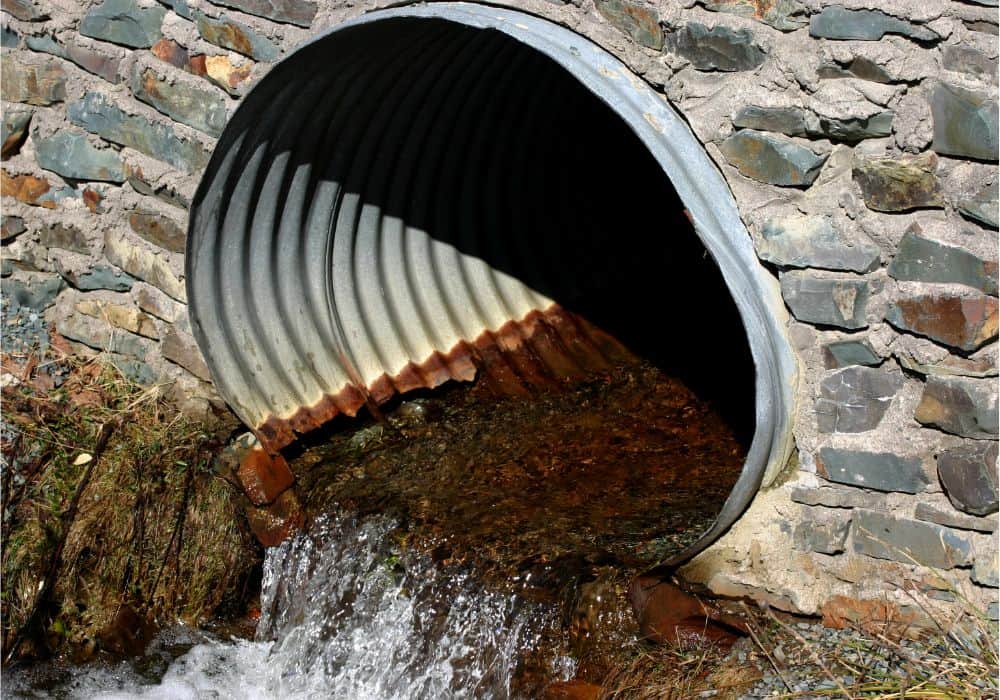
1. Extending the Length of Your Shovel
This can be achieved by welding another pipe to the head of your shovel. The length of the additional pipe you use will depend on your estimate of how deep the clog is located. You can usually evaluate the depth by the time that has passed since you first noticed the clog.
The volume and state of the debris surrounding it can also be giveaways as a deeper clog may have a denser volume of debris as it has been sitting there for a while.
Once you have settled on the pipe length and welded or fixed it onto the head of your shovel, you can proceed with the task of inserting it into the pipe and pulling it out. This method will work in a very similar manner to clearing out a clog that is located near the exit point.
However, the only difference will be the difficulty of the job and the time you may need to invest. Generally, the deeper your clog and the longer you have left it sitting, the more laborious it will be.
There may be a temptation to crawl into the culvert and get the job done but this is never a good idea. Not only may there be dangerous debris in the culvert but there could also be a lot of water pressure behind it. Make sure you stay outside of the pipe.
2. Using Pressure to Clear Out the Clog
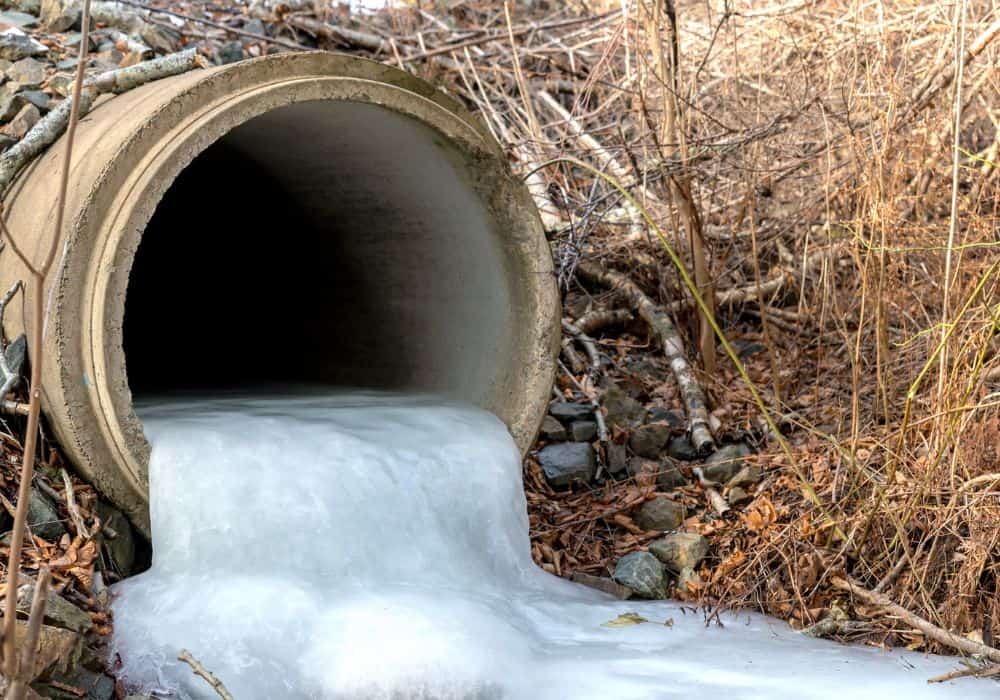
If the clog is located at a depth that is impossible for you to reach even with your extended shovel, you might need to use a pressure washer to clear out the blockage in your culvert pipe.
The equipment you will need to go down this route is usually expensive to buy, but you might be able to rent some of it from the municipal department or even the fire department. You’ll most likely need an industrial pressure washer to get the job done.
One important consideration if you choose to go down this route is the placement of the equipment. You would want the pressure to be directed downstream or towards the drainage area, where it will be more feasible for you to remove the debris later.
Misdirecting the pressure toward residential property can result in unintended consequences, which may not exactly be pretty.
Once you have used the pressure to clear out the clog and expel the surrounding debris, you must remove it from the downstream drainage area to avoid any further obstruction or damage to your property.
For this reason, you may need to rent a vacuum truck, depending on the volume of debris. This can greatly increase the cost of the job but it’s by far the easiest way of clearing a huge blockage.
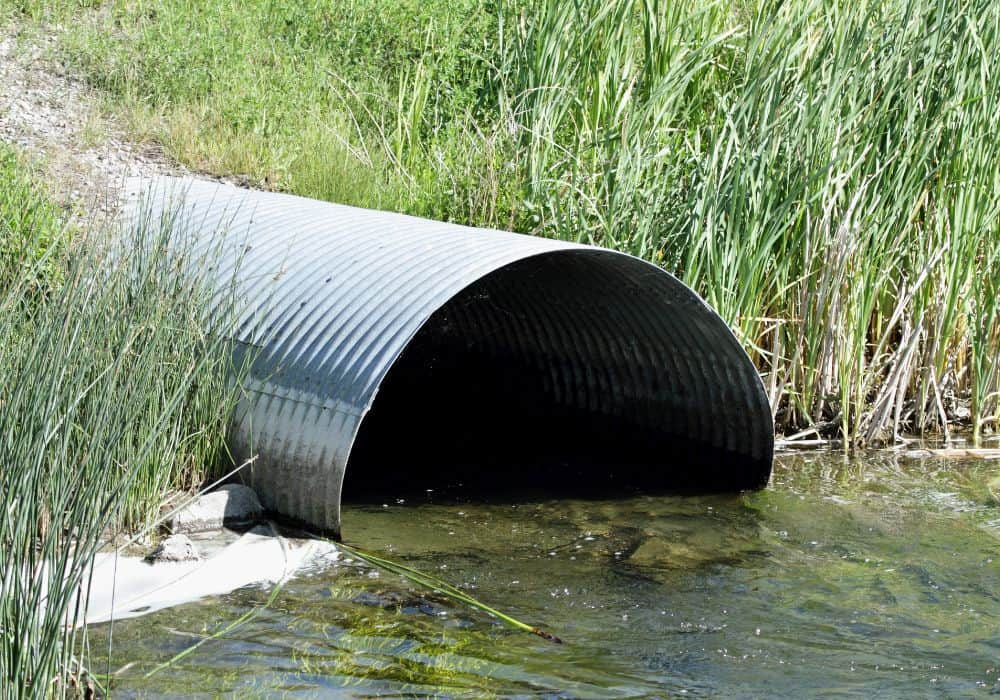
3. Attaching a Chain to the Pipe
Another popular method of clearing out your culvert pipe is to attach a chain to a thin piece of pipe (long enough to cover the length of your culvert) and then push it through the upstream exit.
Once the pipe has made its way through the culvert and pokes out of the other end, you will need to pull it out. You then attach something to the chain, such as an old tire, that you can then pull through the culvert to release the blockage.
As with other methods, you might need to adjust your strategy if a lot of debris has built around the clog. For example, if the debris makes it impossible to pull the pipe out of the other end with your own strength, you can try attaching it to a truck to utilize its engine.
As always, you should also ensure that the ejected debris is completely removed from the drainage area to avoid future clogs or damage to property.
Final Thoughts
Clearing out your culvert pipe may seem to be an intimidating and arduous task at first. But correctly assessing the nature of the blockage and getting the right equipment in your toolkit can make it an easy job.
If you’re facing a huge amount of debris in a large culvert, it’s always a good idea to contact your local authority first to see if they can help. If not, then all you need to do is follow one of these methods above to clear it out.
It is important to manage expectations with these DIY methods. Sometimes, the clog may be too wedged in for you to handle on your own, and getting professional help is the most feasible route.
